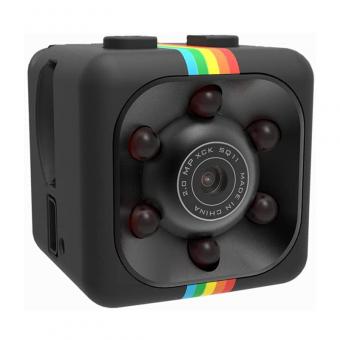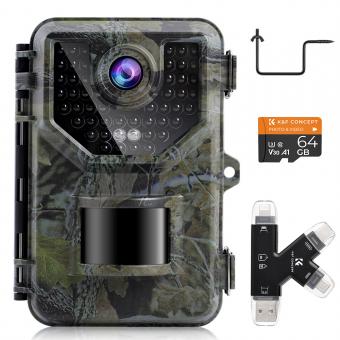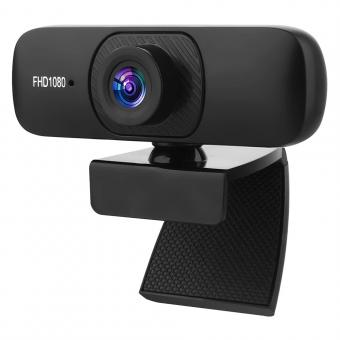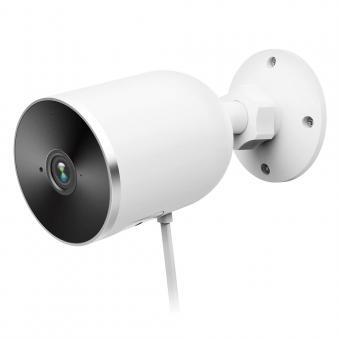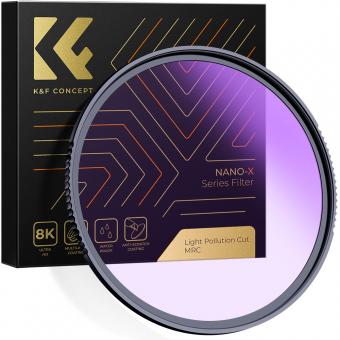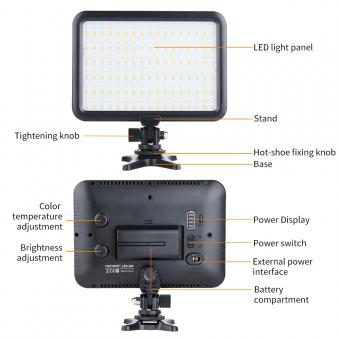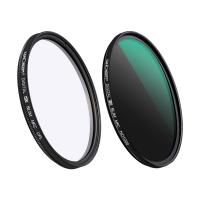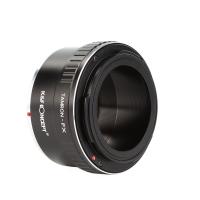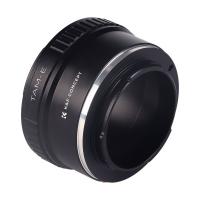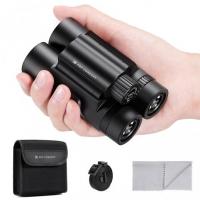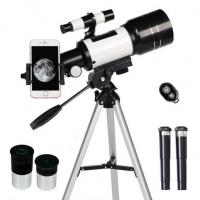How To Remove Night Filter From Camera Clip?
Removing the night filter from a camera clip might sound like a straightforward task, but it actually requires a deep understanding of both the editing software and the underlying properties of the video clip. Night filters typically adjust the color balance, contrast, and brightness to enhance the visibility of objects in low-light conditions by cooling down the image and reducing noise. When removing such a filter, the challenge is to restore the natural look or adapt it to suit your desired outcome.
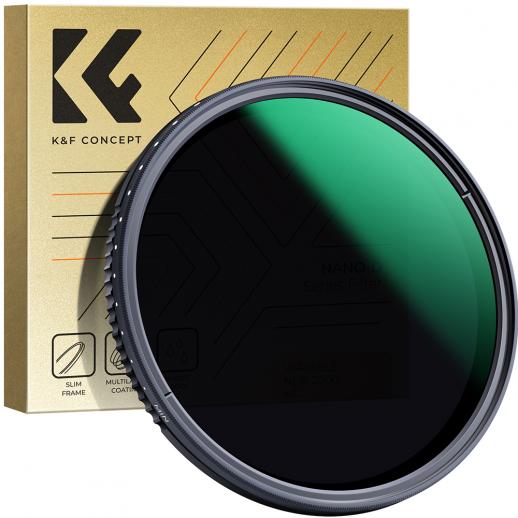
Understanding the Night Filter
A night filter usually:
1. Reduces Noise: It often includes noise reduction to minimize graininess.
2. Adjusts Color Balance: There's usually a shift towards cooler colors.
3. Increases Contrast: This enhances the visibility of objects.
4. Darkens the Image Slightly: This is meant to imitate the lower light levels of night.
Tools You Will Need
1. Video Editing Software: Adobe Premiere Pro, Final Cut Pro, DaVinci Resolve, or any other software with advanced color grading tools.
2. Knowledge of Color Correction: Familiarity with basic and advanced color correction concepts.
3. Visualization: A keen eye for subtle changes to ensure natural look restoration.
Steps to Remove the Night Filter
1. Import the Clip: Begin by importing your video clip into your chosen video editing software.
2. Identify the Filter Effect: Look for the specific night filter applied. Some clips may have metadata that includes this information, while others may require a closer visual analysis.
3. Neutralize Color Balance: In the color correction section, adjust the white balance slider to counterbalance the cool tones added by the night filter. This usually involves adding warmth.
- White Balance: Shift the temperature towards warmer tones to negate the cooler blue tones.
- Tint: Adjust the tint to balance the green/magenta shift if needed.
4. Adjust Exposure and Contrast: Since night filters increase contrast, you may need to reduce contrast and adjust the exposure settings to brighten the image slightly.
- Exposure: Increase exposure to bring back the light that the filter might have subdued.
- Contrast: Lower the contrast to make the lighting more natural.
5. Enhance Shadows and Highlights: Refine these settings to ensure the image does not look flat after removing the filter.
- Shadows: Lift the shadows if they are too dark.
- Highlights: Reduce highlights if they appear too bright and non-uniform.
6. Add Saturation: Night filters often desaturate colors a little bit. You can reintroduce saturation to bring back the vividness of colors.
- Saturation: Increase it moderately to restore the natural look without overdoing it.
7. Noise Adjustments: As night filters often include noise reduction, you might need to add a little grain back if the image looks too smooth and unrealistic.
- Noise/Grain: Add a subtle amount of grain to enhance the natural look.
8. Fine-tuning: Go through each frame or segment, if necessary, to ensure uniformity. This will require meticulous adjustments to ensure that the image looks natural throughout the clip.
9. Render and Export: Once satisfied with the adjustments, render and export your video.
Practical Tips and Common Pitfalls
Consistent Environment: Ensure you're working in a well-lit environment with a calibrated monitor. This helps in making accurate color corrections.
Subtle Adjustments: Over-adjusting can worsen the image instead of improving it. Make small adjustments and frequently compare with the original clip.
Use Scopes: Most professional software have scopes (like waveform monitors, vector scopes) that help in accurately assessing color and luminance levels. Use these tools to guide your adjustments rather than relying solely on visual judgment.
Custom Presets: Consider saving your adjustment settings as presets if you repeatedly need to remove night filters from similar clips. This can save you time.
Backups: Always work on a copy of your original clip. This ensures you have a fallback if something goes wrong.
Advanced Techniques
Using LUTs (Look-Up Tables): LUTs can be incredibly useful for color grading and correcting. You can either find LUTs that reverse night effects or create your custom LUT after manually tweaking one video, applying it to similarly filtered clips.
Secondary Color Correction: Sometimes, certain colors are more affected by the night filter. Use secondary color correction to target specific hues for more accurate adjustments.
Masking and Layering: If only certain portions of your video are impacted by the filter, use masks to apply the adjustments only to the necessary sections. This ensures the rest of the video remains unaltered.
Removing a night filter from a camera clip isn’t just about reverting to an original state; it’s about transforming footage to suit your creative vision while maintaining natural aesthetics. This involves careful manipulation of color balance, exposure settings, contrast, and noise to achieve a seamless final product. With the right tools, a clear understanding of your clip's initial condition, and meticulous adjustments, you can effectively reverse the night filter effect and bring your footage back to life.
Don’t forget, practice and patience are key. As you grow more familiar with your editing software and the intricacies of color correction, you'll find your speed and precision improve. So, embark on this journey with a keen eye and a professional mindset, and your efforts will undoubtedly yield stunning results.

